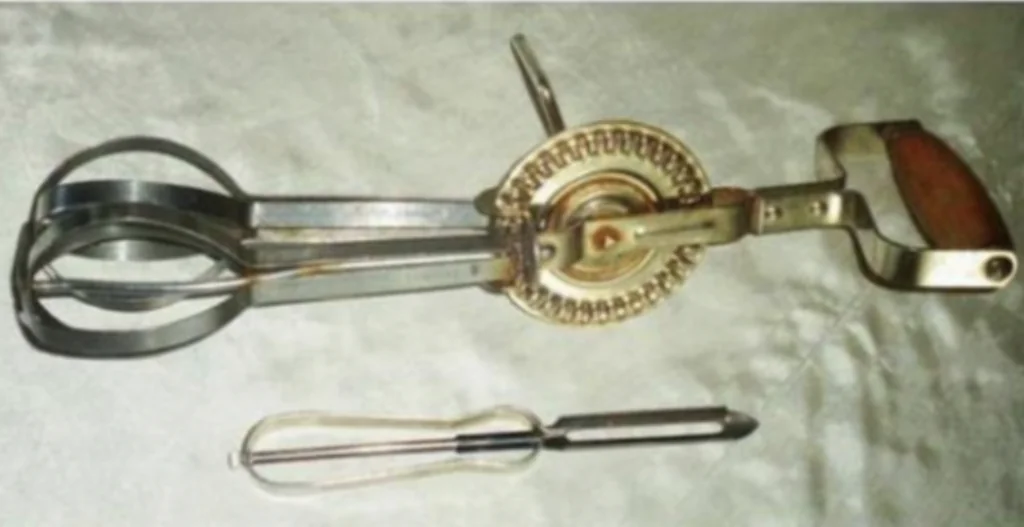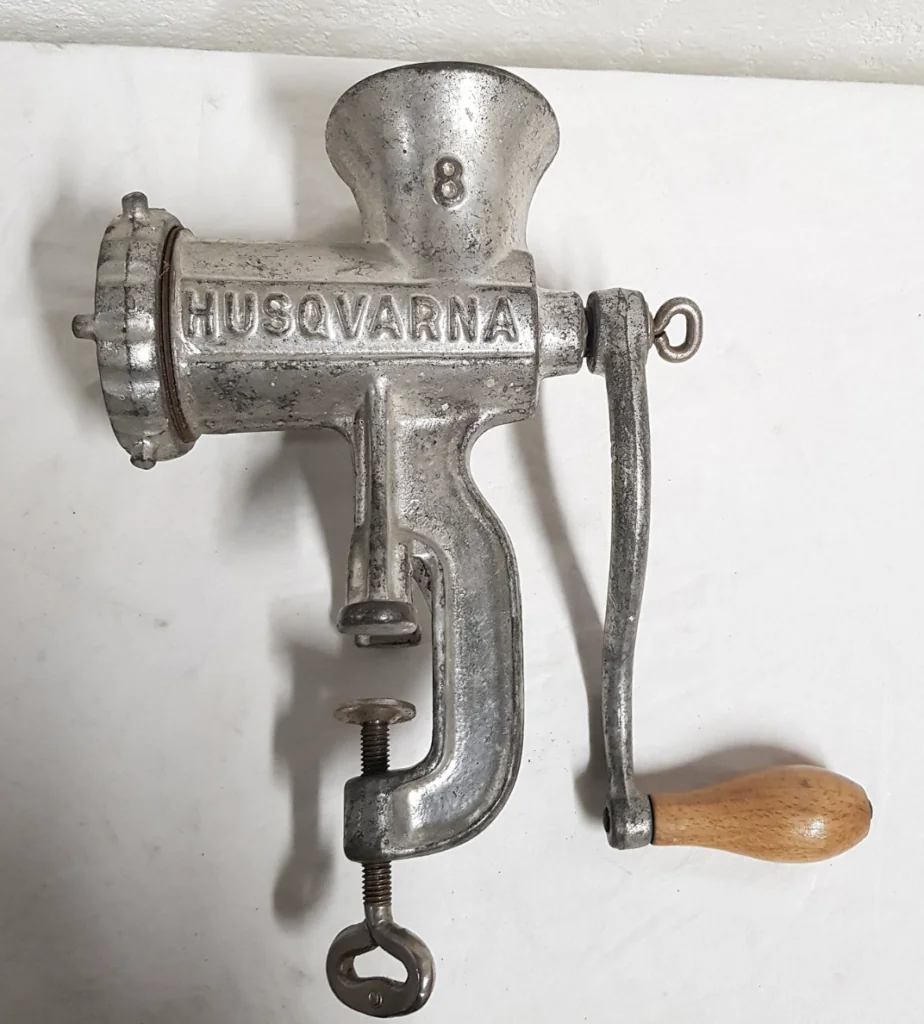Have you ever thought about the origins of the kitchen appliances we use every day? Today, we’re going to go back in time to discover the interesting history of one of these essential appliances: the blender.
The First Days of Mixing

Our story begins in the mid-19th century, when inventors around the world were experimenting with ways to make the process of mixing ingredients easier and more efficient. In 1856, Ralph Collier, a Baltimore tinsmith, patented the first mixer with rotating parts. Just a year later, E.P. Griffith introduced the whisk, a revolutionary tool for mixing ingredients.
The Monroe brothers, J.F. and E.P., also made their mark with the hand-cranked rotary egg beater, for which a U.S. patent was granted in 1859. These first projects drew the attention of Dover Stamping Company, which acquired a patent from the Monroe brothers. Duvsky eggs have become a favorite American brand, known as “Sleep with Duvre”.
These buns were so highly respected that even a recipe from the Sidar Rapids newspaper Gazette, Iowa, in February 1929, showed the famous podporok in a delicious dessert recipe called Hur-Mon Bavarian Cream.
Enter the electric era
It was not until 1885, the first electric mixer made his debut thanks to the brilliant spirit of the American inventor Rufus Eastman. However, it was the Hobart Manufacturing Company that truly revolutionized the industry with their large commercial mixers. In 1914, they introduced a groundbreaking new model that forever changed the landscape of mixers.
In the early 20th century, two well-known American brands became popular with consumers: Hobart KitchenAid and Sunbeam Mixmaster. But despite their popularity, domestic electric mixers remained rare in most homes until the 1920s, when they began to come into widespread use in households.
The Stand Mixer: A Game Changer
In 1908, Hobart Manufacturing Company engineer Herbert Johnston had an epiphany when he saw a baker kneading dough with a metal spoon. He realized he needed a better solution and decided to build a mechanical replica to simplify the process.

By 1915, Johnston’s 20-gallon mixer had become standard equipment in most large bakeries, and just four years later, in 1919, a Hobart manufacturing company introduced the Kitchen Aid food processor, which later became known as the stand mixer. This revolutionary invention quickly became a staple in kitchens across the country.
This kitchen essential tool has come a long way from the handheld whisk of the 19th century to the advent of electric motors and the rise of the stand mixer. Many innovations have been made to make life easier in the kitchen.
So the next time you’re baking cookies or whipping up a delicious cake batter, take a moment to look back at the rich history of your trusty mixer. This is a testament to human ingenuity and the desire to simplify everyday tasks.
Aside from blenders, meat grinders are also versatile kitchen tools with a fascinating history. This device, also known as the British “meat minel”, was used to minimize and mix cooked or cooked meat, fish, vegetables, etc.
A flesh trip dates back to the 19th century when Karl Dress invented the first version of this great tool. Originally, meat grinders were hand-cranked and forced meat through a metal plate with small holes, creating long, thin pieces of meat.
Thanks to developments in technology and the widespread use of electricity, manufacturers began making electric meat grinders. These latest electric grinders provide transparent and uniform treatment of some books of beef.
Some models provide applications that add functions such as sausage, kib, and juice manufacturing, and the range of meat pulverization is considerably expanded. So, next time you grind some meat for a tasty dish or try your hand at homemade sausage, remember the history and ingenuity of the grinder – a testament to how kitchen tools have evolved to make our culinary adventures more accessible and enjoyable.


